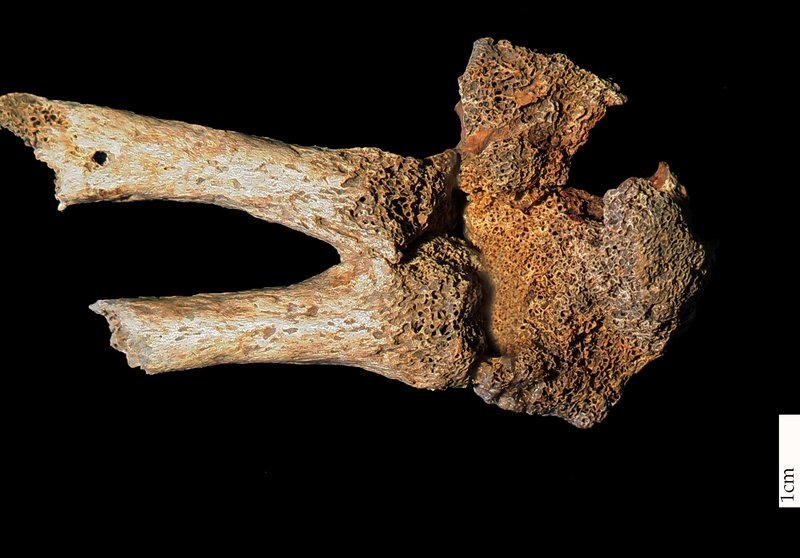Überblick
The wrist is one of the most complex joints in the human body. It enables movements such as rotation and bending of the hand, stabilizing it at the same time. For the activities of daily life it is inevitably needed. But why is a wrist the topic of discussion in an archeological context? It can tell quite a lot about the living conditions of the people of whom only bones and grave goods are preserved. The case of an adult male skeleton with a wrist fused into a solid block, buried in a kurgan in Mayemer, Kazakhstan (86–242 AD, 95.4% cal.), reveals interesting information on his way of life.
Carpal fusion is an occasional finding in the archaeological record. It can be the result of many different diseases, e.g., congenital diseases, rheumatic diseases (spondylarthropathy, and rheumatoid arthritis), infectious diseases, and trauma.


